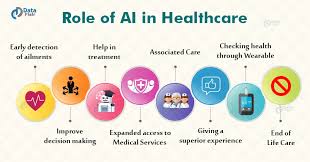It’s a common refrain in senior living that today’s assisted living communities are closer to yesterday’s skilled nursing facilities.
Seekers of Meaning Podcast Posted Online March 7, 2025
What's Next Longevity Deal Talk Episode 32, January, 2025
What's Next Longevity Venture Summit, June, 2025

 Exceeding expectations in every way. The next report was going to be titled – “The Future of AI in Senior Living” but that was so yesterday. One 2023 document,
Exceeding expectations in every way. The next report was going to be titled – “The Future of AI in Senior Living” but that was so yesterday. One 2023 document,